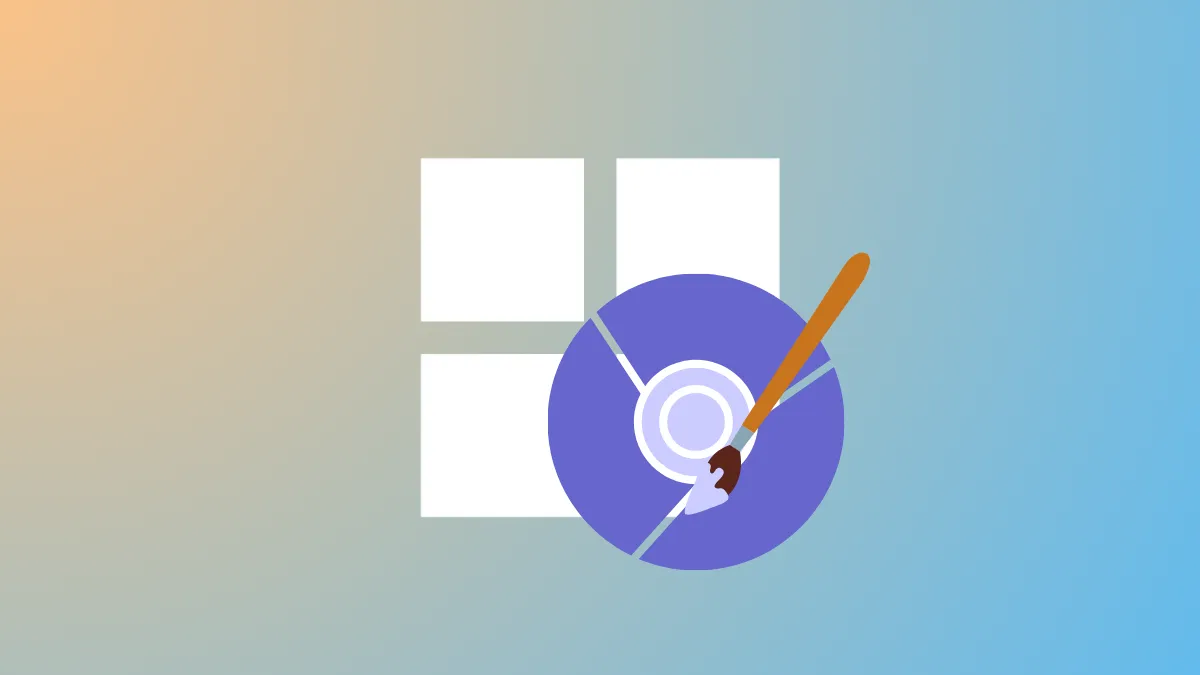Custom Chromium builds often retain the default taskbar icon and application name, which can cause confusion or branding issues, especially when distributing modified versions. Updating these elements on Windows 11 requires direct changes to application resources and shortcuts, guaranteeing your build stands out and is easily identifiable in the taskbar and Start menu.
Change the Chromium Taskbar Icon and Application Name by Modifying the Executable
Step 1: Prepare a new icon file in .ico format. Ensure the file is 256x256 pixels for best compatibility. This icon will replace the default Chromium icon in the taskbar and Start menu.
Step 2: Download and install a resource editing tool, such as Resource Hacker or IconsExtract. These tools allow you to directly modify the resources embedded in the Chromium executable (chrome.exe or your build’s main .exe file).
Step 3: Open your Chromium executable with the resource editor. Locate the Icon Group or ICON resource section, which contains the embedded application icons. Replace all icon sizes with your new icon to ensure consistency across all Windows UI elements.
Step 4: Save the modified executable. Resource editors typically create a backup of the original file, but you should also make a manual backup before saving changes to avoid accidental corruption.
Step 5: Change the application name by editing the Version Info resource in the same executable. Look for fields such as ProductName, FileDescription, and InternalName. Update these strings to your desired application name. This step ensures the new name appears in the taskbar, Start menu, and application switcher.
Step 6: Save and close the resource editor. Launch your modified Chromium build to confirm the new icon and name display correctly in the taskbar and window title. If the old icon persists, proceed to the next step to clear the icon cache.
Step 7: Clear the Windows icon cache to force the operating system to display your new icon. Open Command Prompt as Administrator and run the following commands one by one:
cd /d %userprofile%\AppData\Local\Microsoft\Windows\Explorer
del iconcache*
shutdown /r /f /t 00

This deletes the icon cache files and immediately restarts your computer, ensuring Windows loads the updated icon for your modified Chromium build.
Update Shortcuts and Pin to Taskbar with Custom Icon
Step 1: If you prefer not to modify the executable directly, you can update the taskbar icon by creating a new shortcut for your Chromium build. Right-click the executable and select Create shortcut.
Step 2: Right-click the new shortcut, choose Properties, and click Change Icon. Browse to your custom .ico file and select it.
Step 3: In the same Properties window, update the Name field under the General tab to your desired application name. This changes how the shortcut appears in the Start menu and on the desktop.
Step 4: Pin the customized shortcut to the taskbar by right-clicking it and selecting Pin to taskbar. The taskbar will now display the new icon and name, but this method does not update the actual executable or system-level application name.
Step 5: If the old icon still appears, unpin all previous Chromium shortcuts from the taskbar, clear the icon cache as described in the previous method, and then pin the updated shortcut again.
Use Application Manifest and Branding Files (For Developers)
Step 1: For those building Chromium from source, edit the application manifest and branding files before compiling. Update the icon resources and product name in the relevant resource files (chrome/app/theme and chrome/app/chrome_exe.rc).
Step 2: Replace the default icon files with your custom icons in all required sizes (16x16, 32x32, 48x48, 256x256). Update string definitions for the application name throughout the branding and manifest files.
Step 3: Rebuild the Chromium project. The resulting executable will include your custom icon and name, ensuring these changes persist across updates and installations.
Step 4: After installation, confirm the new icon and name appear in the taskbar, Start menu, and window titles. If you distribute your build, all users will see your custom branding by default.
Updating the Chromium taskbar icon and name on Windows 11 for modified builds creates a distinct, professional look and helps avoid confusion with standard Chromium or Chrome installations. Consistently applying these changes ensures your custom build is easily recognizable and properly branded.


